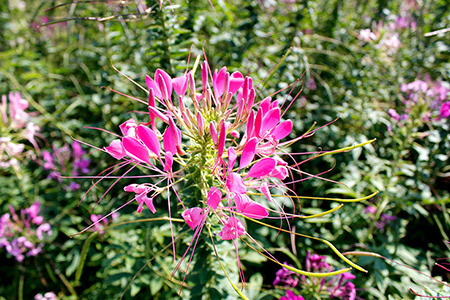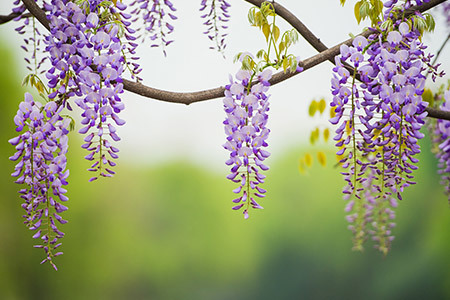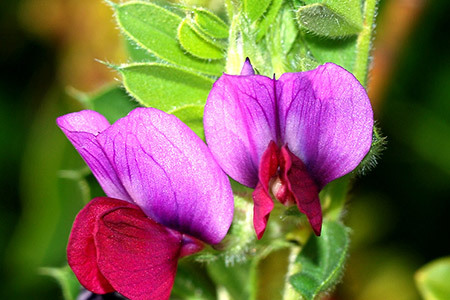Ryegrass - Winter Pasture 70
Winter forage 70 is an annual grass species with strong adaptability, high yield, and resistance to alkalinity, poor soil, and cold. It is also resistant to pests and diseases, has multiple tillers, and strong regrowth ability. Winter forage 70 ryegrass generally yields about 3000 kilograms of fresh grass per mu, with a maximum yield of up to 5000 kilograms. Its stems and leaves are tender, rich in nutrients, and have good palatability.
Classification:
Forage and green manure seeds
Telephone:
Product Description
Winter grazing 70 is a one-year-old grass of the Poaceae family, with strong adaptability, high yield, and resistance to alkali, poor soil, and cold, as well as resistance to pests and diseases, with many tillers and strong regrowth ability.
Winter grazing 70 ryegrass generally yields about 3000 kilograms of fresh grass per mu, with a maximum of 5000 kilograms. Its stems and leaves are tender, nutritious, and palatable. It is an ideal green feed and silage for herbivorous animals such as cattle, sheep, rabbits, and grass carp in winter and spring. During the seedling stage, it grows prostrate, and after spring, the stems become firm and are not easily lodged, reaching heights of 150 to 180 centimeters; after maturity, the heads droop slightly, and the upper stems and leaves are green, suitable for fodder. Winter grazing 70 has high nutritional value, rich in amino acids, contains various trace elements, high protein, high fat, and high lysine. Winter grazing 70 has many tillers, grows quickly, has strong cold resistance, high fresh grass yield, good quality, good palatability, tall plants, and high grass yield.
1. Characteristics Introduction
1. Developed root system, resistant to severe cold. Compared with other cereal crops, winter grazing 70 has stronger tillering ability and a developed root system, which is the main reason for its cold resistance.
2. Does not compete with grain, cotton, and oil for arable land. It fully utilizes the winter fallow period of cotton fields, from October to the following April, increasing the yield of one season of forage in half a year. This not only increases the income from cotton fields but also opens up organic fertilizer sources for agriculture and purifies the environment.
2. Cultivation Key Points
1. Shallow tillage to eliminate residues. After harvesting autumn crops such as cotton, red yam, and soybeans, perform shallow tillage once to turn over the remaining roots of previous crops to facilitate fertilization and restore soil fertility. Shallow tillage accompanied by 1-2 times of raking can preserve moisture and remove residues, preparing for fertilization and deep tillage.
2. Apply sufficient base fertilizer. Due to the high yield of ryegrass, it requires a lot of nutrients, so sufficient base fertilizer must be applied. The yield of fresh ryegrass is closely related to the amount of fertilization. Generally, apply 5000 kilograms of organic fertilizer per mu, 40 kilograms of superphosphate, and 25 kilograms of ammonium carbonate. Crush and spread the organic fertilizer evenly, apply chemical fertilizer in the plow furrow, and cover it with soil as you plow.
3. Deep tillage and fine raking. Plow to a depth of 20-22 centimeters to loosen and mature the soil in the tillage layer, which is beneficial for the growth of ryegrass roots and increases the root's ability to absorb water and nutrients. Ensure that the plow reaches the ends and edges without any clods. Rake while plowing, manually break up large clods to achieve fine and level soil.
3. Sowing Guidance
1. Sowing period. The sowing period is from late September to early October; it is advisable to sow early within this range, as delaying will affect the yield of ryegrass.
2. Sowing method. Generally, sow to a depth of 3-5 centimeters, with the specific depth to be flexibly adjusted based on moisture conditions, soil quality, and land preparation, without excessive variation.
3. Sowing amount. Generally, sow 6-10 kilograms per mu, adjusting based on soil quality, moisture conditions, land preparation quality, and seed germination rate.
4. Field Management
1. Cultivation and weeding. Combine cultivation with timely weeding to increase soil temperature and promote sprout growth.
2. Fertilization. To promote regrowth, accelerate plant growth, and replenish soil fertility, timely top-dress fertilizer after each cutting, generally applying 15-20 kilograms of ammonium carbonate per mu. Fertilization should be even, applied to a depth of 6-8 centimeters, and covered with soil afterward, compacting it with feet to prevent fertilizer volatilization.
3. Irrigation. In dry weather conditions, irrigation must be carried out, preferably combined with fertilization.
Key words:
Immediate consultation
If you are interested in our products, please leave your email, we will contact you as soon as possible, thank you!
Product recommend
RELATED INFORMATION
02
/
12
News dynamics
01
/
30
News dynamics
07
/
17
News dynamics
04
/
18
News dynamics
01
/
19
News dynamics
Urban greening is an important component of urban construction.







